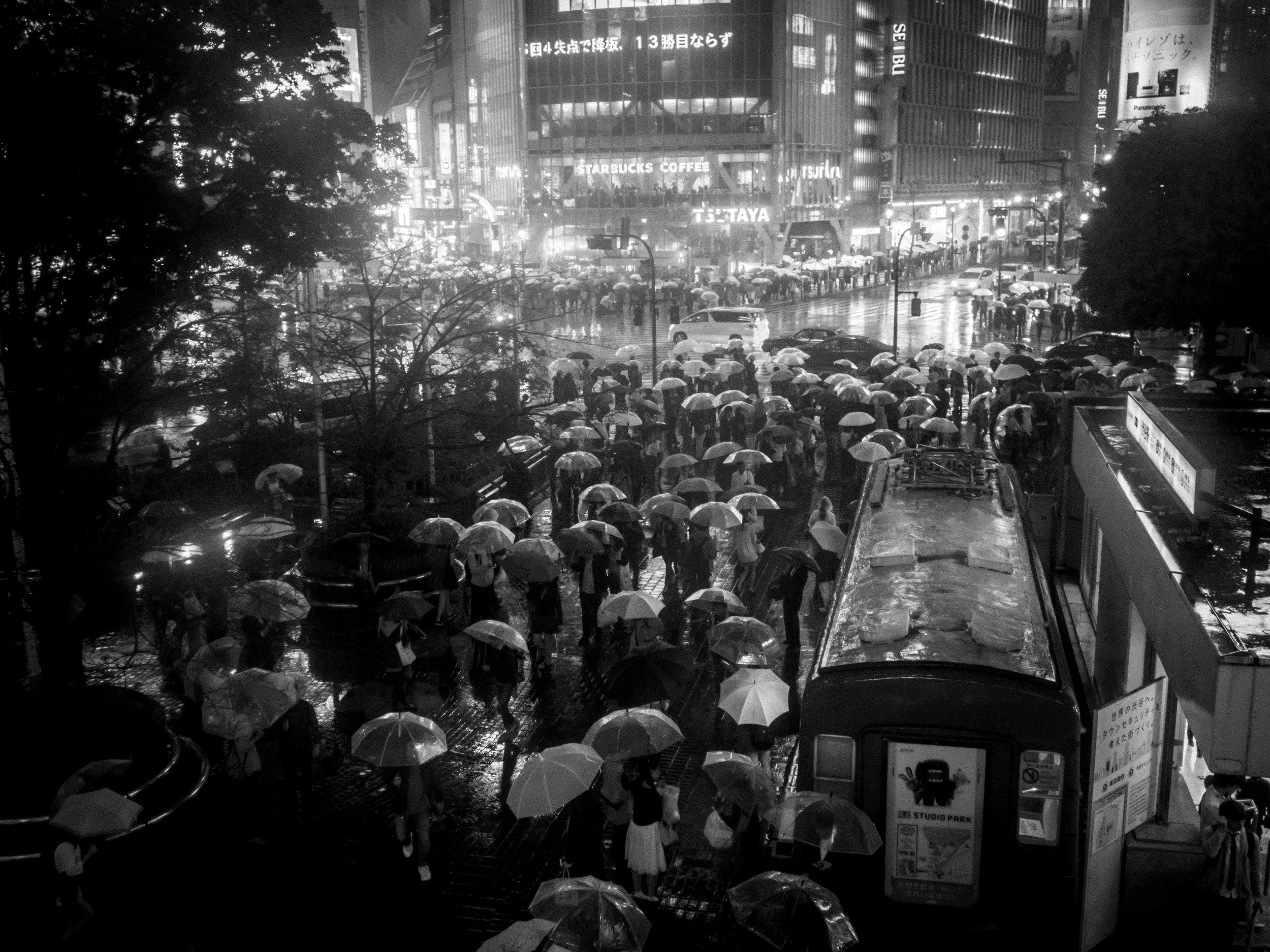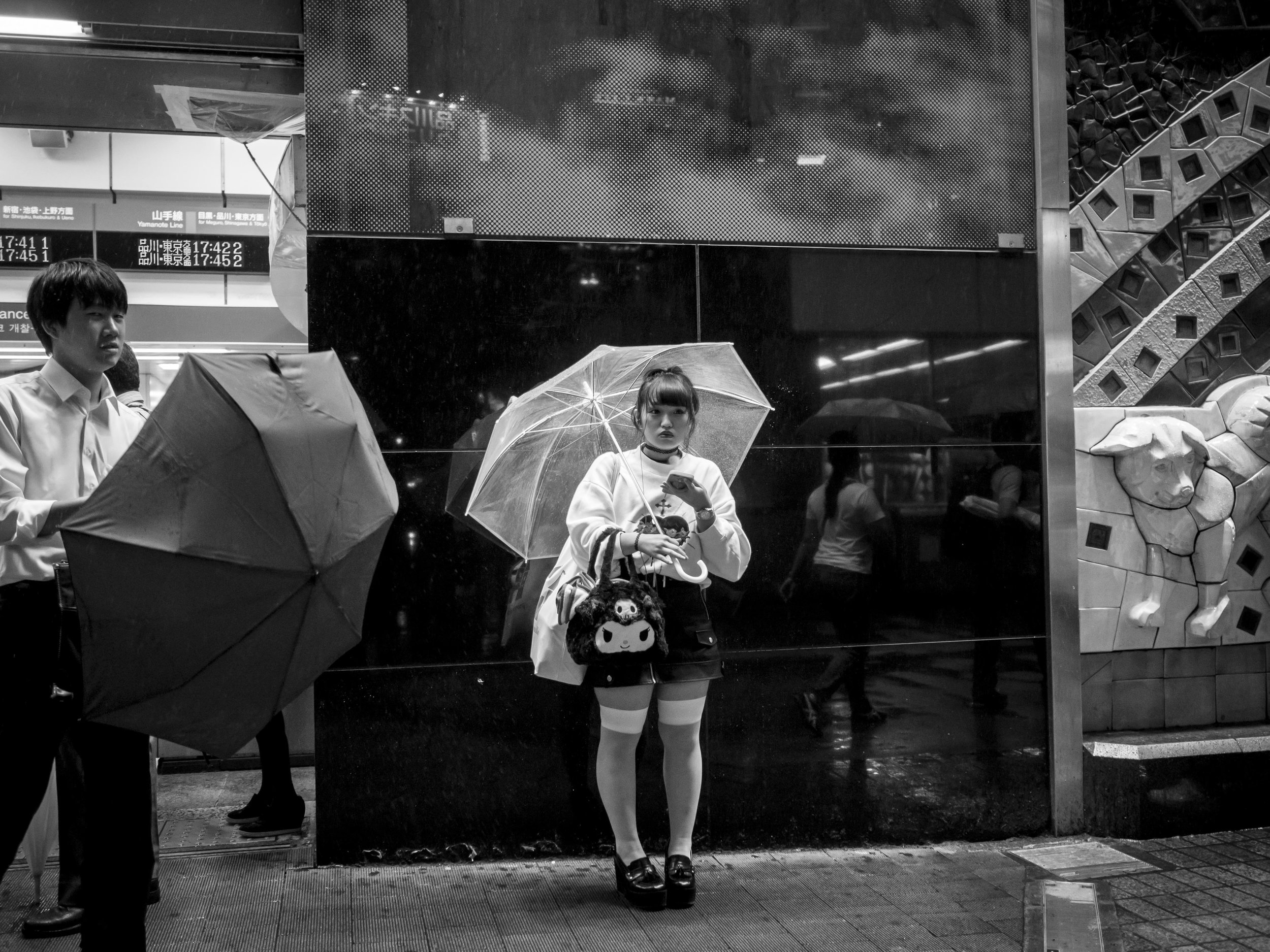I have often talked about the usefulness of the Olympus 17mm f1.8 at wider apertures. It seems to share a similar characteristic to the 17mmm Pro in that it keeps background Bokeh very coherent, letting you use it compositionally rather than avoid it as useless. Useless could mean messy, too strongly blurred or simply visually unsettling in some way.
Where the Pro lens uses it as a way of creating harmony in a shallow depth image, the little 17 uses it more for inclusiveness. It’s less perfect wide open sharpness helps with this inclusive nature. You do not have two forces working at odds, but rather in support of one another.
It also has the benefit of the point of best focus seeming to gently “pop” out of the frame, but only when you are looking directly at it, not stealing the show.
When used with black and white, it becomes a creative tool like texture or tone, so important to mono images.
All images taken with an EM5 mk1 with the 17mm at f1.8. The combo was used with auto focus applied for the more distant subjects (bottom 2), manual focus for the nearer ones. I have never known a lens to be so supportive of focus misses as a deliberate (or not) tool.
Notice also that the top left image, even with a little motion blur is still sharp on the main subject. This lens suffers from a fair share of lack lustre reviews. I find it an interesting balance of contemporary and old fashioned design. I feel it was designed with street photographers in mind, where it’s application of elongated transition and useful “non” modern super smooth Bokeh will be often be lost in review quantifying*. The result is a lens that reviewers often treat poorly but many users love more and more over time.
Recently I tried out the 15mm Leica again as a landscape alternative. It was indeed sharper across the frame and it had a brightness I found appealing. The Bokeh, for street work would be too “nice”, dropping off smoothly far too fast, like a good portrait lens.
Bokeh seems to be viewed as either a deliberate tool, where more is always more, or an unfortunate side effect to avoided if possible. The 17mm makes me feel like using it against the trend. It is the only lens I have that makes me look excitedly into the transitional areas and treat them as fully useful part of the frame, not just as lost or dead spots.
With my 25, 45 and 75 lenses out of focus areas may be used, but only occasionally and more deliberately.
45mm at f1.8 used in a role that is less common for me.
*Ming Thien is the only reviewer I have seen that commented on and compared the Bokeh to similar lenses, highlighting the extended transition.






